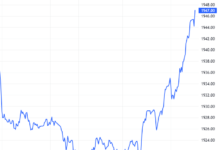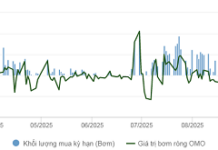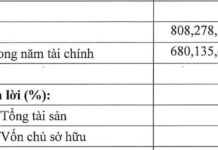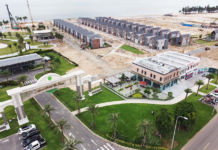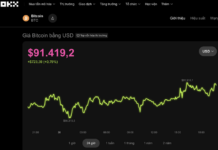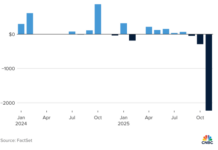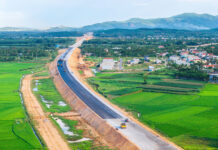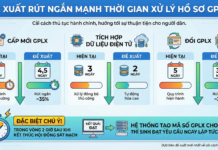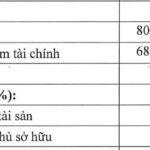
Nearly 2,000 tons of “Made in Vietnam” modules produced by Doosan Vina are headed to the US market. (Photo: VNA)
|
The year 2024 is not only about the recovery and growth of the Vietnamese economy but also a testament to the adaptability and creativity of a nation rising strongly in the global economic landscape.
With solid foundations and appropriate development strategies, Vietnam continues to assert its position as one of the brightest spots in Southeast Asia and the world.
Positive Growth Prospects
Leading international financial institutions, such as the World Bank (WB) and the Asian Development Bank (ADB), have consistently raised their economic growth forecasts for Vietnam in 2024 and 2025.
According to ADB, Vietnam’s gross domestic product (GDP) growth is projected at 6.4% in 2024 and 6.6% in 2025, thanks to a strong recovery in manufacturing and trade, along with supportive fiscal measures.
Similarly, the WB has also upgraded its economic growth forecast for Vietnam to 6.1% in 2024 and 6.5% in 2025.
Mr. Andrea Coppola, World Bank Lead Economist and Program Leader for Equitable Growth, Finance, and Institutions for Vietnam, Laos, and Cambodia, emphasized that in the context of global economic challenges, including inflation, geopolitical instability, and natural disasters, Vietnam’s economy in 2024 continues to affirm its position as one of the fastest-growing economies in the East Asia and Pacific region.
Mr. Coppola believes that the stability of the business environment and continuous reforms are key factors driving Vietnam’s economic growth and attracting foreign investment. Firstly, the fact that Vietnam’s business environment provides stability for investors is essential.
Secondly, the international community highly appreciates the Vietnamese government’s continuous efforts to improve the business environment. This is also very important.
Thirdly, Vietnam has taken advantage of its strategic location as a “bridge” between the two superpowers, China and the US. Thanks to all of these factors, Vietnam has been able to attract a large amount of foreign investment.
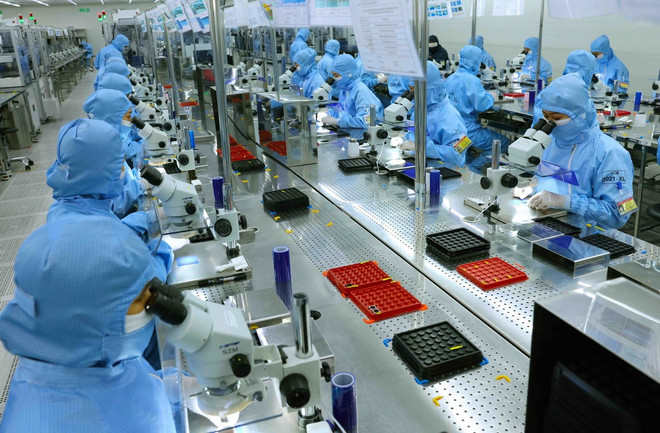 Production line of camera modules and electronic components for export at the factory of MCNEX VINA Limited Liability Company, with 100% Korean investment capital, in Phuc Son Industrial Park, Ninh Binh province. (Photo: Vu Sinh/VNA)
|
A Bright Spot in Attracting Investment and Technology
In 2024, Vietnam continued to be an attractive destination for international investors.
According to the General Statistics Office, foreign direct investment (FDI) disbursement in Vietnam in the first 11 months of 2024 reached US$21.68 billion, up 7.1% over the same period last year, marking the third consecutive year that this capital flow has exceeded the $20 billion mark. Fields such as renewable energy, real estate, and high technology were the preferred destinations for investors.
In December, the Vietnam-briefing.com investment page of Dezan Shira & Associates published an article stating that, in the technology sector, the strategic agreement with NVIDIA to develop artificial intelligence (AI) affirmed Vietnam’s position in the global supply chain.
According to market research firm Statista (Germany), Vietnam’s AI market is expected to reach $753.4 million in 2024, with a compound annual growth rate of 28.36% in the period 2024-2030. Vietnam’s growth rate is equivalent to the region’s growth rate of 28.53%. This shows that Vietnam is capable of catching up with the global technology transformation, driven by foreign investment.
Factors contributing to Vietnam’s technology growth include a young, dynamic workforce, and competitive costs. Vietnam ranks third in Southeast Asia in terms of investment agreements and total startup investment capital. In recent years, many domestic technology “unicorns” and startups have successfully operated in the AI field.
The article on Vietnam-briefing.com emphasized that NVIDIA’s strategic investment in Vietnam marks a strong shift in the process of Vietnam becoming a future AI innovation hub in Southeast Asia.
NVIDIA’s establishment of two AI centers in Vietnam and its partnerships with domestic companies such as VinBrain and the FPT Group demonstrate Vietnam’s increasingly prominent position in the global AI ecosystem.
Long-term Vision
In November 2024, the World Bank published the report “Vietnam 2045: Promoting Trade Integration in a Changing World – The Path to High-Income Status,” which proposed a roadmap to help Vietnam enhance its position in the global value chain, aiming for high-income status by 2045.
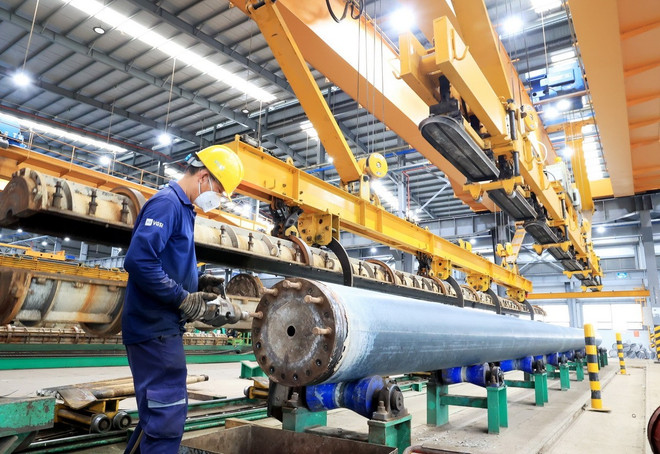
Production activities at the factory of a foreign-invested enterprise specializing in centrifugal concrete poles, Phu My 3 Specialized Industrial Park, Phu My town, Ba Ria-Vung Tau province. (Photo: Hong Dat/VNA)
|
According to the World Bank, over the past 40 years, global integration has been the main driver of Vietnam’s successful development, creating one of the longest and fastest periods of economic growth in modern history.
Currently, Vietnam is one of the most open economies, with about 50% of GDP and employment directly or indirectly dependent on exports.
With existing foundations for success, Vietnam has set an ambitious goal of becoming a modern, high-income economy by 2045. This requires maintaining an average annual GDP growth rate of about 6% per capita over the next two decades.
Ms. Manuela V. Ferro, World Bank Vice President for East Asia and Pacific, said, “To sustain rapid growth, Vietnam needs to shift from participating in low-value-added, labor-intensive final assembly to developing higher-value-added manufacturing and services.”
She added that in the context of changing global trade and increasing instability, diversifying trade and investment partnerships is essential to building resilience and ensuring long-term success.
The World Bank report proposes a comprehensive strategy to promote productivity growth, attract investment from the private sector, and enhance its position in the global value chain.
Key policy solutions include: promoting deep trade integration; enhancing connectivity between domestic enterprises and the global value chain; promoting high-tech activities with specialized skills and high-value-added services; and transitioning to a low-carbon emission production model, adapting to climate change.
Despite positive prospects, Vietnam still faces some challenges, including risks from climate change, natural disasters, and the slowdown in the growth of major trading partners.
The World Bank recommends that Vietnam invest strongly in human resources, infrastructure, and structural reforms while taking full advantage of free trade agreements to expand markets and reduce trade barriers.
Similarly, ADB Country Director for Vietnam, Mr. Shantanu Chakraborty, affirmed that public investment would be the “key” to boosting economic growth.
According to Mr. Chakraborty, public investment not only boosts demand and employment but also positively impacts other dependent sectors such as construction, logistics, and transportation. This will be the tool to help Vietnam move away from over-reliance on monetary policy.
The second driver is reform to enhance business convenience and ensure that Vietnam continues to maintain its competitive advantages as many other countries in the region are investing in world-class infrastructure.
ADB Country Director Shantanu Chakraborty assessed that these are the two main drivers for Vietnam to maintain sustainable development momentum towards the growth targets set by the government in the future.
Phuong Nga
– 05:02 01/01/2025

